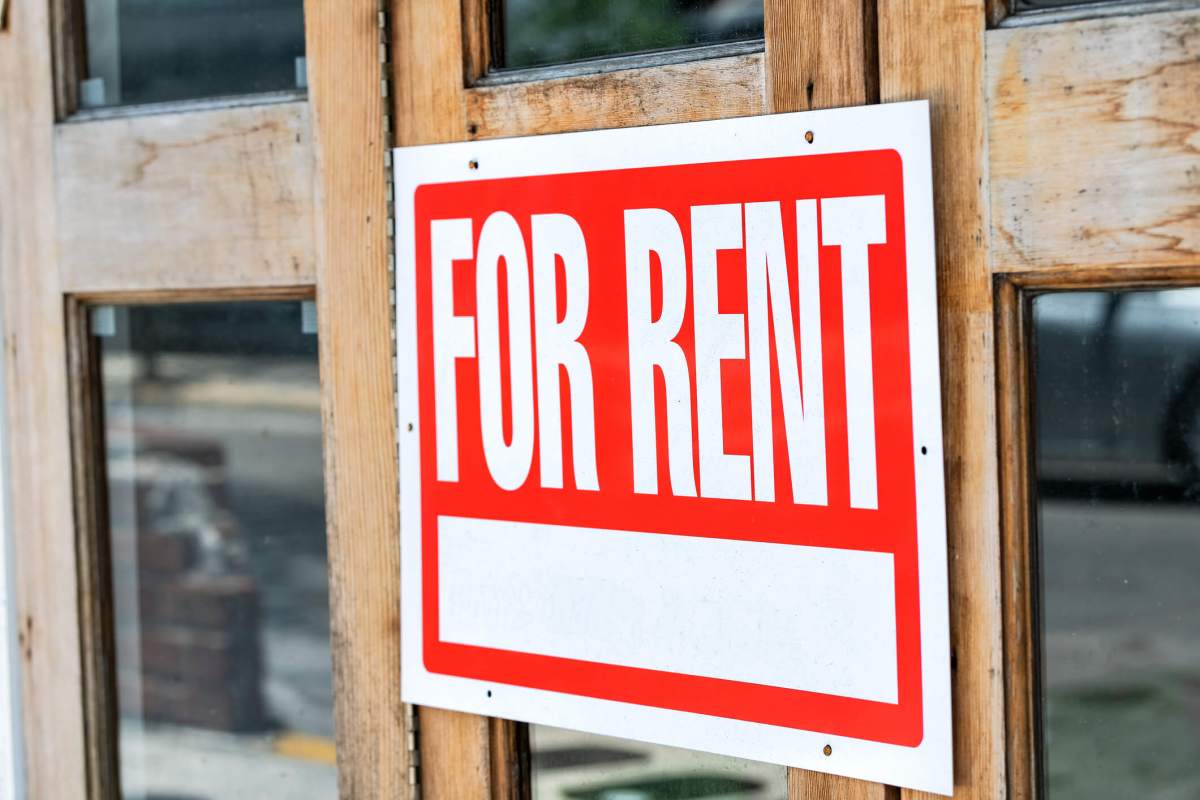By Emily Chan
TAIPEI (Reuters) -Taiwan’s economy will grow at its fastest pace in more than a decade in 2021, the statistics office said on Friday, upgrading its outlook on a strong rebound in exports for the tech heavyweight island.
The revision came as the statistics office bumped up its export growth forecast for this year, with global demand for the island’s technology products buoyed by a work-and-study-from-home boom during the COVID-19 pandemic, as workers and students rushed to buy smartphones, tablets and laptops.
Gross domestic product (GDP) is expected to rise 5.88% this year, the fastest pace since it expanded 10.25% in 2010, the Directorate General of Budget, Accounting and Statistics said, and up from a growth forecast of 5.46% made in June.
Giving its first forecast for 2022, the office said it saw GDP growth reaching a more modest 3.69% next year.
“The distance business opportunities catalysed by the epidemic have accelerated the digital transformation of global companies, and demand for technology products is strong,” the statistics agency said.
While it warned of uncertainty over virus variants, the future of monetary and fiscal policy globally amid growing inflation concerns and possible international carbon taxes, it saw a bullish outlook for Taiwan next year.
Taiwan stands ready to benefit from the global economic recovery, especially with production of more advanced chip nodes coming online at home, the office noted.
Taiwan’s exports are a bellwether of demand for global tech giants such as Apple Inc, as the island is a major producer of semiconductors, a global shortage of which has rattled firms like auto makers and boosted Taiwanese corporate profits.
The statistics agency forecast exports in 2021 would rise 28.15% year-on-year, up from a previous prediction for a 20.4% increase.
For next year, it said it saw exports expanding 5.22% year-on-year.
In the second quarter, GDP expanded by a revised 7.43% from a year earlier, slightly down from a preliminary reading of 7.47%, the agency added. It slowed from 8.92% growth in the first quarter as a sudden spike in domestic COVID-19 cases that began in May weighed on consumption.
The outbreak has since been contained and restrictions, including on personal gatherings and in-restaurant dining, were eased last month.
(Reporting by Emily Chan; Writing and additional reporting by Ben Blanchard; Editing by Ana Nicolaci da Costa)
























